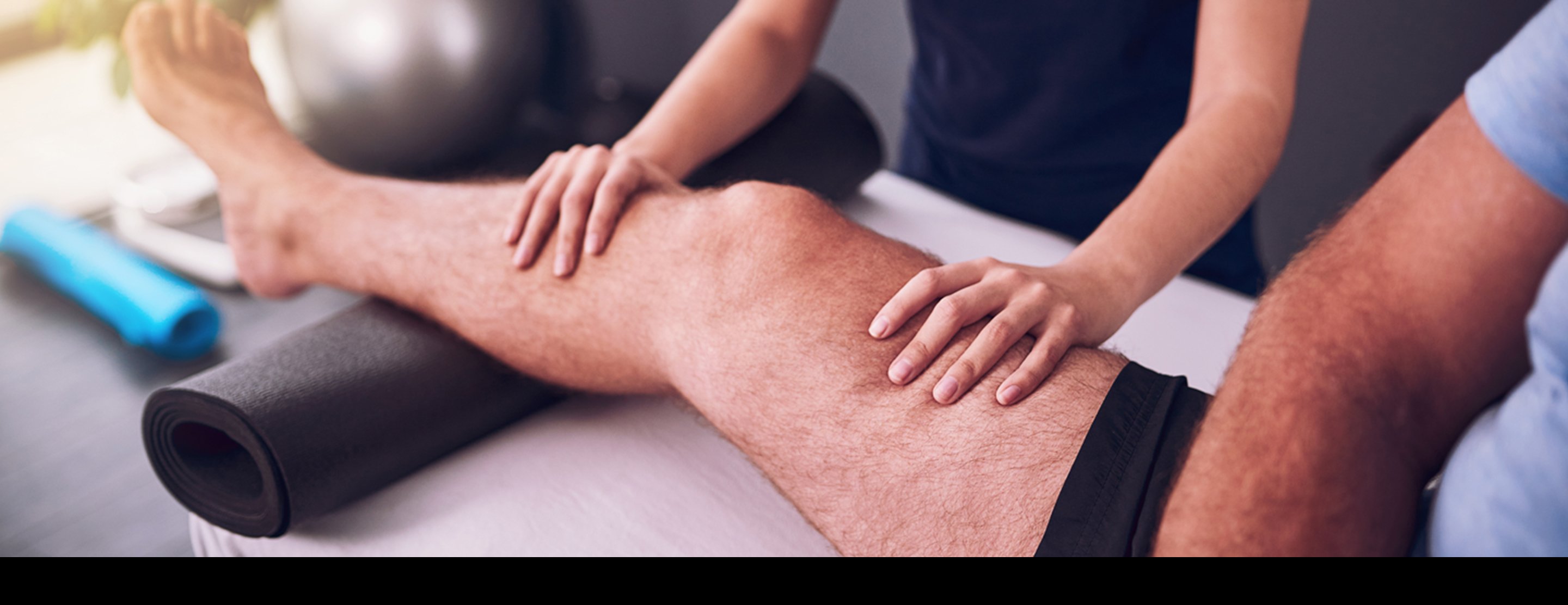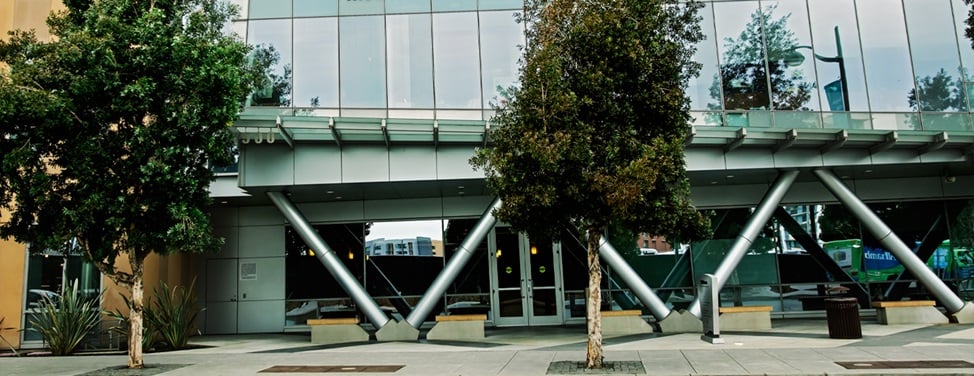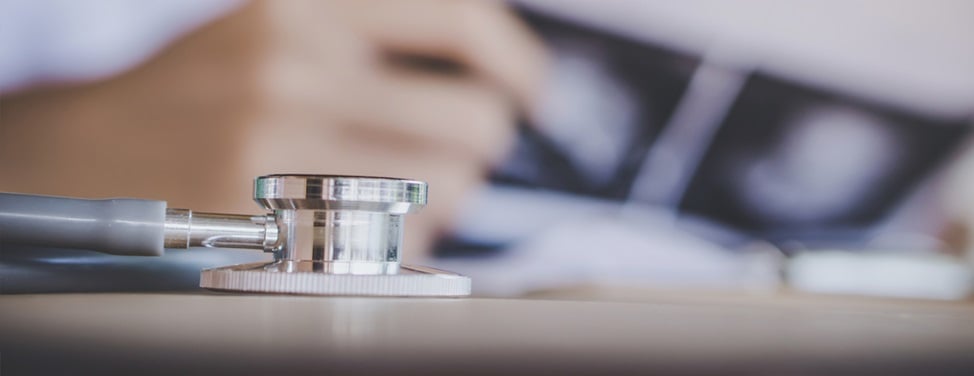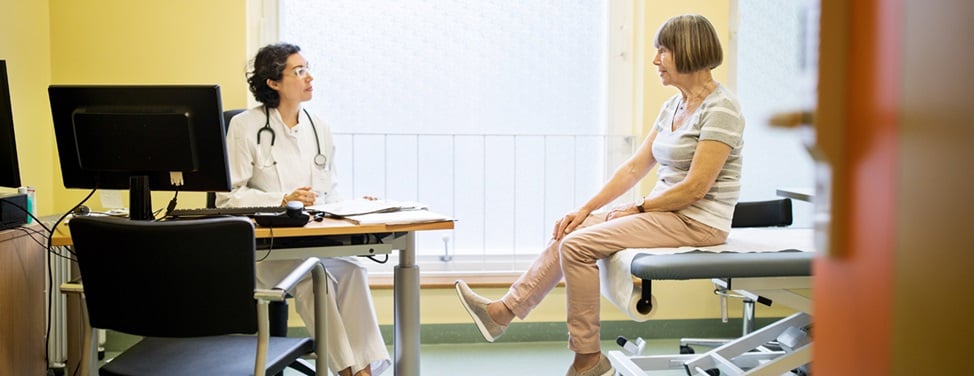
After Surgical Kneecap Alignment
Here is what you can expect after surgical kneecap realignment:
- You will likely feel pain or discomfort for the first few days, and you will be given pain medications as needed. A prescription-strength painkiller usually is prescribed and should be taken as directed on the bottle. Taking one every four to six hours as directed is a good idea in the first 24 hours to suppress pain.
- There may be drainage on the bandage since fluid may have accumulated during the surgery. Expect some blood to show through the bandage during the first 24 to 48 hours.
- You usually should continue with the ice for at least 24 hours and remove the dressing within the first 48 hours. Icing your knee for 20 or 30 minutes a few times a day during the first two days after surgery will help reduce pain.
- As much as possible, keep your knee elevated above heart level to reduce swelling and pain. It often helps to sleep with pillows under your ankle.
- Wait until you can stand comfortably for 10 or 15 minutes at a time before you take a shower. Once you can, put your leg in a plastic bag and tie the top around your leg, above the knee bandage, to keep the bandage dry. Ask your doctor about the best place to buy plastic shower bags in your area.
- Although crutches or a cane may be needed for about a month following surgery, you probably will be able to put a little weight on your knee and begin walking a few days after surgery. The pain typically feels like you bumped into a table.
- As soon as possible after surgery, you should begin doing physical therapy as directed by your doctor.
- For two or three days after surgery, you may experience night sweats and a fever of up to 101 degrees Fahrenheit. Don't be alarmed, for this is common and does not indicate that there is a problem. Your doctor may suggest acetaminophen (Tylenol), deep breathing exercises to get over this.
- You may be able to return to work the day after surgery, depending on the severity of your pain.
Rehabilitation
Your doctor may prescribe visits to a physical therapist, where you'll begin supervised strengthening exercises as soon as you are able. In most cases, you can begin therapy immediately after surgery.
Patients should do stretching and strengthening exercises for a minimum of four days a week. The workouts should focus on the knee for at least thirty minutes and be combined with a cardiovascular workout that does not include activities, such as running, that place stress on your knee.
Despite your dedication to the rehab program, you may not feel any improvement for up to six weeks or longer and your kneecap pain may recur. Though everyone's rehab program is slightly different, physical therapy after surgical kneecap realignment follows a general pattern:
- Most people can begin stretching the muscles and tendons around the kneecap within a week. Although your knee may be weak, it is generally strong enough to handle mild stretching and slow movements. Working to restore early range of motion may help reduce swelling and stiffness, and decrease your healing time.
- Rehab progresses into strengthening exercises that focus on the quadriceps and hamstrings, which are the main stabilizing muscles for the knee. It's important to gradually increase the amount of weight as your leg muscles get stronger. Strengthening exercises require dedication because results often take weeks and pain may recur.
- Once the muscles of your injured leg are about as strong as the uninjured leg, the focus of rehab turns to increasing your coordination. After about six weeks of rehab, physical therapy can become activity oriented as you regain the ability to perform complicated movements, such as using stationary bikes, elliptical machines and cross-country skiing machines.
Doctors usually suggest that you continue strength training even after your kneecap has been rehabilitated. Have your doctors periodically check your kneecap for strength and proper tracking.
UCSF Health medical specialists have reviewed this information. It is for educational purposes only and is not intended to replace the advice of your doctor or other health care provider. We encourage you to discuss any questions or concerns you may have with your provider.











